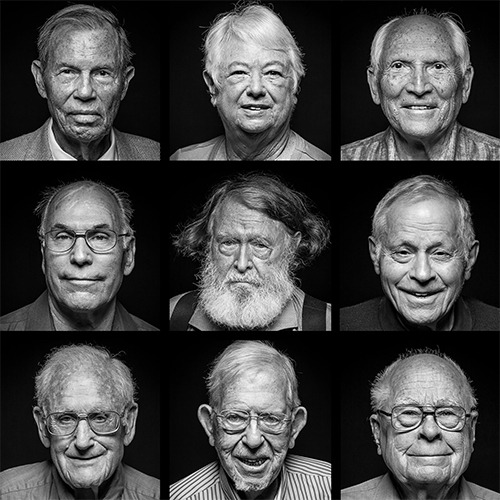
On July 20, 1969, the world watched as Apollo 11 astronauts Neil Armstrong and Buzz Aldrin took their first steps on the Moon. It was a historic moment for the United States and for humanity. Until then, no human had ever walked on another world. To achieve this remarkable feat, we recruited the best and brightest scientists, engineers and mathematicians across the country. At the peak of our Apollo program, an estimated 400,000 Americans of diverse race and ethnicity worked to realize President John F. Kennedy’s vision of landing humans on the Moon and bringing them safely back to Earth. The men and women of our Ames Research Center in California’s Silicon Valley supported the Apollo program in numerous ways – from devising the shape of the Apollo space capsule to performing tests on its thermal protection system and study of the Moon rocks and soils collected by the astronauts. In celebration of the upcoming 50th anniversary of the Apollo 11 Moon landing, here are portraits of some of the people who worked at Ames in the 1960s to help make the Apollo program a success.
“I knew Neil Armstrong. I had a young daughter and she took her first step on the day that Neil stepped foot on the Moon. Isn’t that something?”
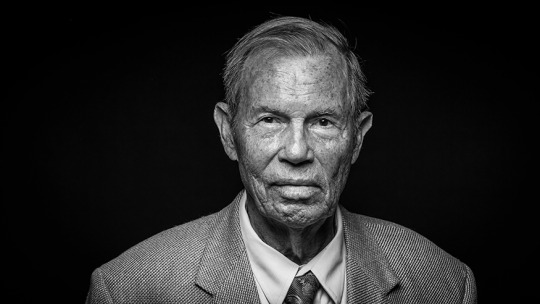
Hank Cole did research on the design of the Saturn V rocket, which propelled humans to the Moon. An engineer, his work at Ames often took him to Edwards Air Force Base in Southern California, where he met Neil Armstrong and other pilots who tested experimental aircraft.
“I worked in a lab analyzing Apollo 11 lunar dust samples for microbes. We wore protective clothing from head to toe, taking extreme care not to contaminate the samples.”
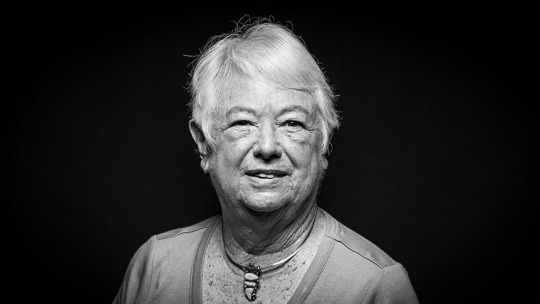
Caye Johnson came to Ames in 1964. A biologist, she analyzed samples taken by Apollo astronauts from the Moon for signs of life. Although no life was found in these samples, the methodology paved the way for later work in astrobiology and the search for life on Mars.
“I investigated a system that could be used to provide guidance and control of the Saturn V rocket in the event of a failure during launch. It was very exciting and challenging work.”
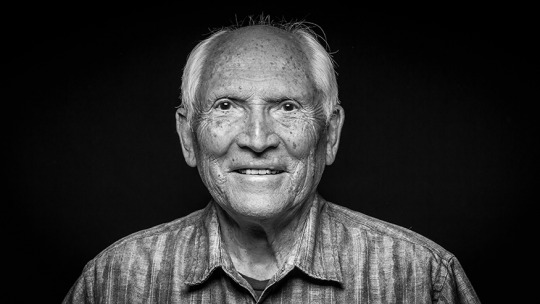
Richard Kurkowski started work at Ames in 1955, when the center was still part of the National Advisory Committee on Aeronautics, NASA’s predecessor. An engineer, he performed wind tunnel tests on aircraft prior to his work on the Apollo program.
“I was 24 and doing some of the first computer programming work on the Apollo heat shield. When we landed on the Moon it was just surreal. I was very proud. I was in awe.”

Mike Green started at Ames in 1965 as a computer programmer. He supported aerospace engineers working on the development of the thermal protection system for the Apollo command module. The programs were executed on some of earliest large-scale computers available at that time.
“In 1963 there was alarm that the Apollo heat shield would not be able to protect the astronauts. We checked and found it would work as designed. Sure enough, the astronauts made it home safely!”
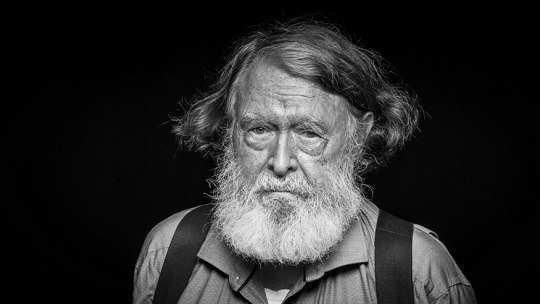
Gerhard Hahne played an important role in certifying that the Apollo spacecraft heat shield used to bring our astronauts home from the Moon would not fail. The Apollo command module was the first crewed spacecraft designed to enter the atmosphere of Earth at lunar-return velocity – approximately 24,000 mph, or more than 30 times faster than the speed of sound.
“I was struck by the beauty of the photo of Earth rising above the stark desert of the lunar surface. It made me realize how frail our planet is in the vastness of space.”
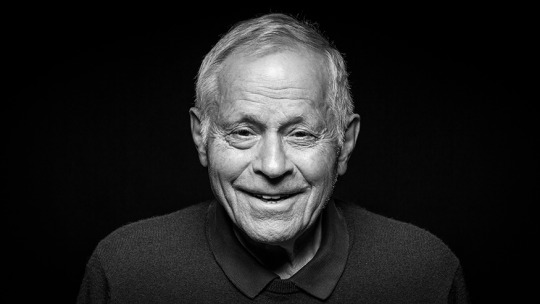
Jim Arnold arrived at Ames in 1962 and was hired to work on studying the aerothermodynamics of the Apollo spacecraft. He was amazed by the image captured by Apollo 8 astronaut Bill Anders from lunar orbit on Christmas Eve in 1968 of Earth rising from beneath the Moon’s horizon. The stunning picture would later become known as the iconic Earthrise photo.
“When the spacecraft returned to Earth safely and intact everyone was overjoyed. But I knew it wasn’t going to fail.”
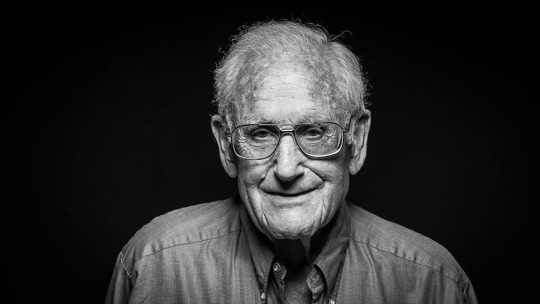
Howard Goldstein came to Ames in 1967. An engineer, he tested materials used for the Apollo capsule heat shield, which protected the three-man crew against the blistering heat of reentry into Earth’s atmosphere on the return trip from the Moon.
“I was in Houston waiting to study the first lunar samples. It was very exciting to be there when the astronauts walked from the mobile quarantine facility into the building.”
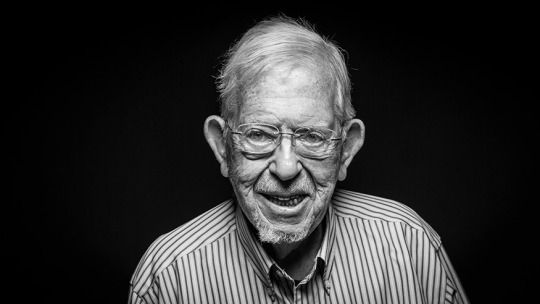
Richard Johnson developed a simple instrument to analyze the total organic carbon content of the soil samples collected by Apollo astronauts from the Moon’s surface. He and his wife Caye Johnson, who is also a scientist, were at our Lunar Receiving Laboratory in Houston when the Apollo 11 astronauts returned to Earth so they could examine the samples immediately upon their arrival.
“I tested extreme atmospheric entries for the Apollo heat shield. Teamwork and dedication produced success.”
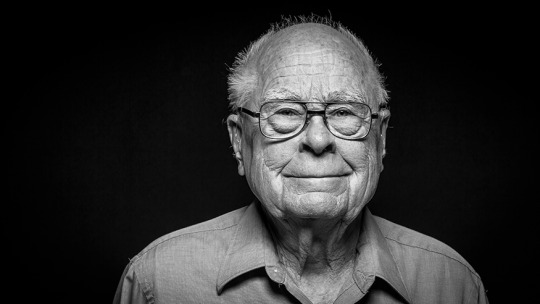
William Borucki joined Ames in 1962. He collected data on the radiation environment of the Apollo heat shield in a facility used to simulate the reentry of the Apollo spacecraft into Earth’s atmosphere.
Join us in celebrating the 50th anniversary of the Apollo 11 Moon landing and hear about our future plans to go forward to the Moon and on to Mars by tuning in to a special two-hour live NASA Television broadcast at 1 pm ET on July 19. Watch the program at www.nasa.gov/live.
Make sure to follow us on Tumblr for your regular dose of space: http://nasa.tumblr.com.




Комментариев нет:
Отправить комментарий